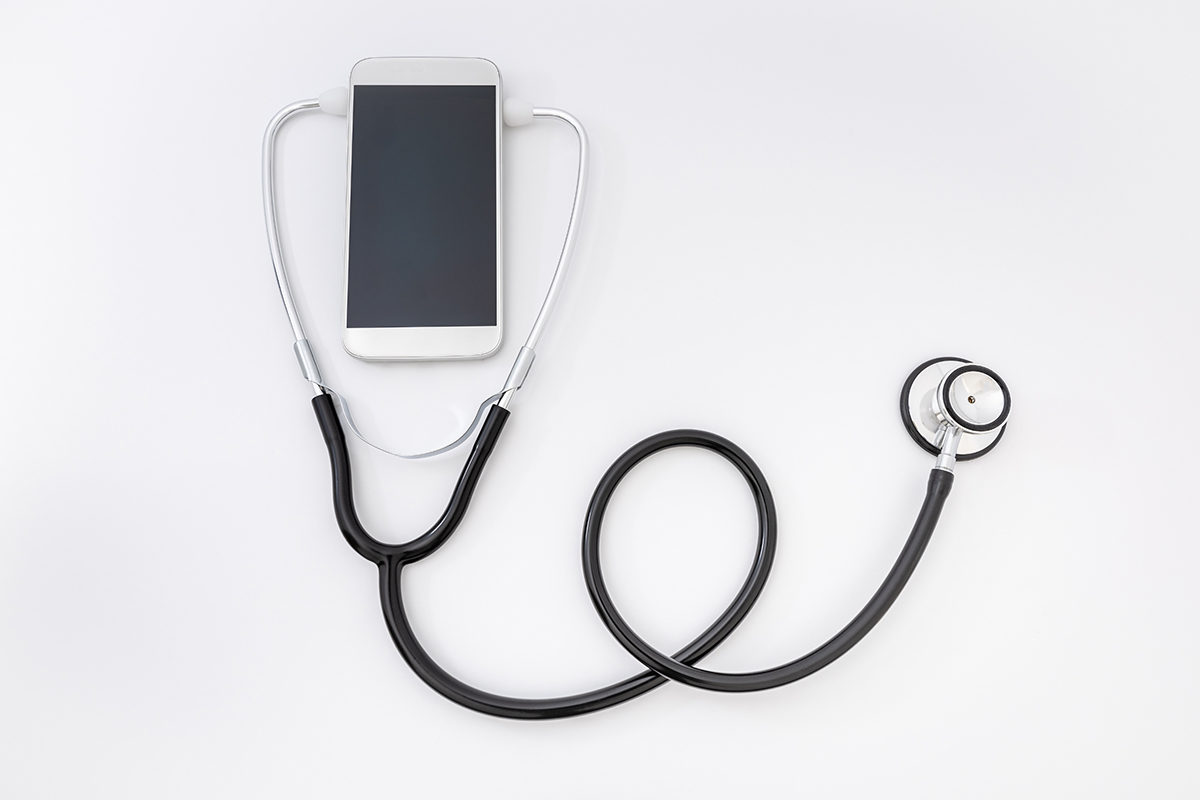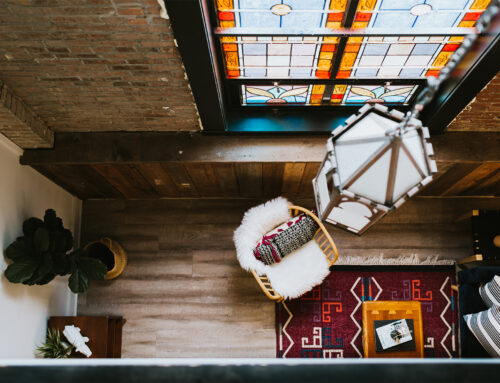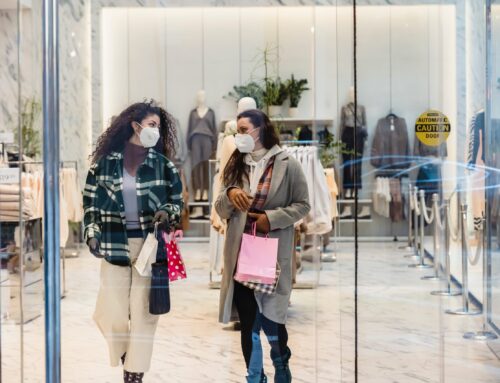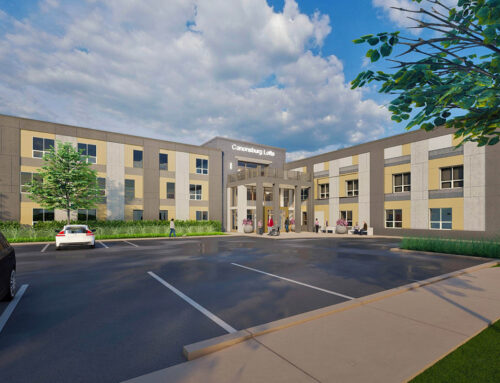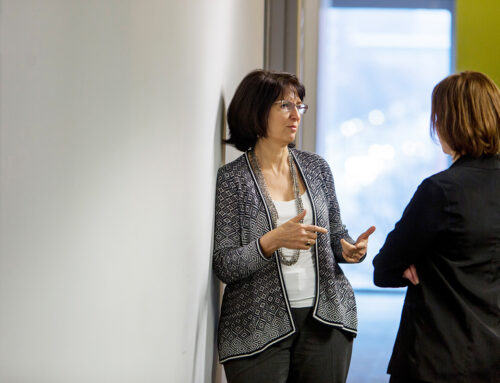In our previous blog, we discussed the fundamentals of telemedicine in healthcare and how to design with telemedicine in mind.
Telemedicine has been around long before Covid-19. However, there is no question that the pandemic has helped accelerate not only its use in everyday medicine but also its acceptance by the general population. What factors contributed to this rapid acceptance? Has the pandemic that has shut down the world, provided for an opportunity in telemedicine? In a recent webcast as part of the Pittsburgh Technology Council’s “Business as Usual” series, President and CEO of Allegheny Health Network, Cynthia Hundorfean, and President of Allegheny Clinic, Dr. Donald Whiting discussed AHN’s response, and what positive outcomes and opportunities they see as we move forward in the telemedicine era.
The Factors
Government / Regulatory
Ms. Hundorfean and Dr. Whiting, both credit government’s role in relaxing regulations regarding privacy concerns and technology use as a significant factor, as it permitted access to telemedicine healthcare across media platforms that previously were not allowed to be used. Who has not seen the videos of patients in ICU or Nursing Home Facilities talking with loved ones via facetime on a nurses’ tablet? Calls like these were not permitted before the pandemic. As hospitals began to shut down access to visitors and family, the need for interaction with loved ones and medical professionals without fear of spreading the virus became more critical. Facetime and similar person to person video communication programs allowed for that interaction between family members while allowing the medical team to communicate with the patient’s family.
Another example where easing regulatory demands has increased the use of telemedicine is the M.A.T. Facilities, i.e., Methadone Clinics. The operations and programming of these facilities require daily visits to the clinic to “dose” (receive medication) and have “one on one” or group counseling sessions. This program makes it difficult to maintain social distancing and avoidance of Covid-19 infected patients. Allowing the counseling component of treatment to be performed via telecounseling and extending the length of take-home privileges, has allowed the clinics to reduce the number of patients visiting the facility daily.
Forced Acceptance
With ‘shelter in place’ orders issued across the country, and access to hospitals restricted to only emergencies, the need to provide continuous care to all patients without physical visits was paramount. Patients did not question why their doctor visits were being changed to a virtual method and welcomed the ability to continue their care without the worries or concerns of leaving their homes. Human nature often repels the thought of change. If given the option between an in-person visit or telemedicine visit in a non-pandemic situation, how many patients would choose the telemedicine visit?
What AHN discovered by the forced implementation of televisits is both the Providers and Patients like the televisit experience. The Providers feel they can provide nearly the same level of care, in some instances, possibly better care in that they can interact with patients daily and monitor data via technology methods quicker and more comfortably than requiring a person to drive to a doctor’s office. Patients like this option because it allows family members to be involved in their treatment and progress virtually, and is more convenient than requiring travel to doctor offices. What was somewhat surprising was the number of “older” patients that took to the new method. Being in the higher risk group of contracting the virus, being able to stay at home helped ease some worry.
Technology
If the government’s relaxing of regulatory requirements was the No. 1 factor in telemedicine’s success during Covid-19, technology is the superstar. None of this would be possible without today’s more convenient access to video communications; cell phones, tablets, webcams, desktops, and other common technologies.
That is all the technology that is needed on the patient side. On the provider’s side, there is a little more work involved merely to meet those security requirements and to access the patients’ charts, records, pharmacy, etc.
Add a video conferencing system to a smartphone’s or Fitbit’s ability to monitor heart rate, blood pressure, and other vitals, and you have a complete visit. These statistics can either be relayed to the provider or transmitted back to your medical record via apps. With home health care testing methods being more accessible, such as blood sugar testing, scales, etc. some of these vital medical data points can also be obtained and relayed to the provider from home.
AHN would like more technology in the home to regularly track patients’ stats, especially for those who do not have access to apps from a smartphone or Fitbit. Another AHN doctor we recently spoke with suggested telemedicine kits could be mailed out before a “visit.” The kits could include simple, inexpensive exam tools to help with the visit, such as tongue suppressors or stick-on thermometers.
Silver Lining or Smoke Screen?
Ms. Hundorfean and Dr. Whiting both noted that while easing of restrictions has helped the rapid implementation of telemedicine, there is no question that restrictions will tighten back up once the pandemic has passed. They also stressed that telemedicine is here to stay for Primary Care and Specialists. AHN was in the process of launching a system-wide telemedicine effort but was a few years out when the pandemic hit. Within four days, the healthcare network provided the necessary equipment and trained roughly 2500 Primary Care and Specialist Providers to provide non-in person visits. Since that time, they average approximately 20,000 visits per week.

Author
Michaeleen Vargo, LEED AP BD+C, CSI
Senior Project Manager
